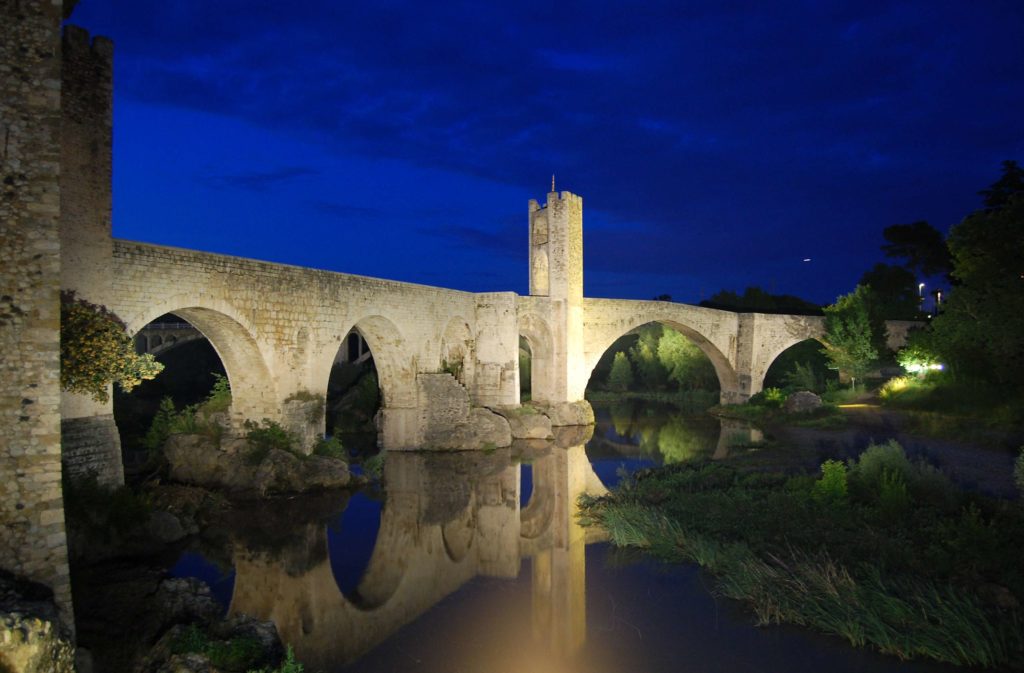Focused on sustainability
La Garrotxa stands out for its wooded landscape and its cultural wealth. Most of the territory is part of the Natura 2000 Network, which seeks to protect the most unique natural areas. In La Garrotxa, you will find a great diversity of flora and fauna, gastronomy, history, natural and cultural routes, sports activities, museums, festivals and traditions. Natural Park of the Garrotxa Volcanic Zone.
In La Garrotxa you will find a great diversity of flora and fauna, gastronomy, history, natural and cultural routes, sports activities, museums, and festivals and traditions.
The municipality is part of Turisme Garrotxa, a non-profit private association that brings together the private and public tourism sector of La Garrotxa, from which a tourism development model based on the European Charter of Sustainable Tourism, with which the Ajuntament de les Planes has committed to it.
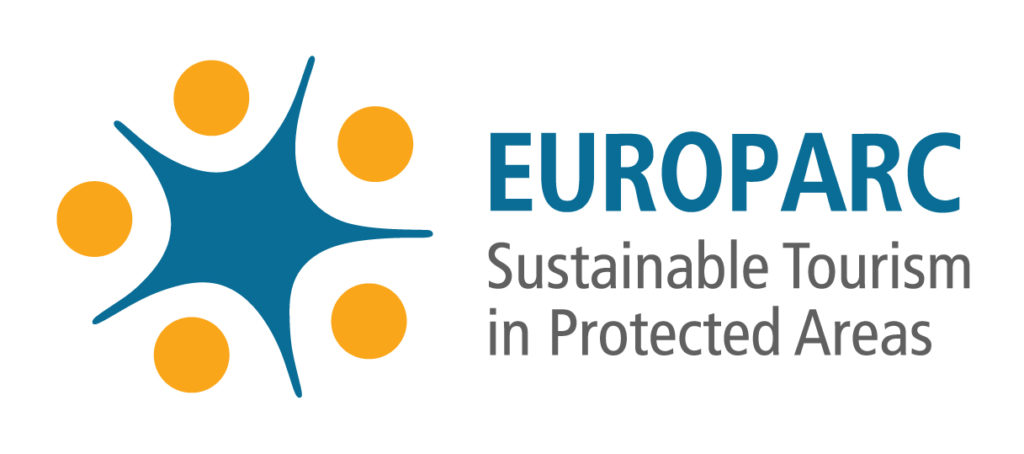
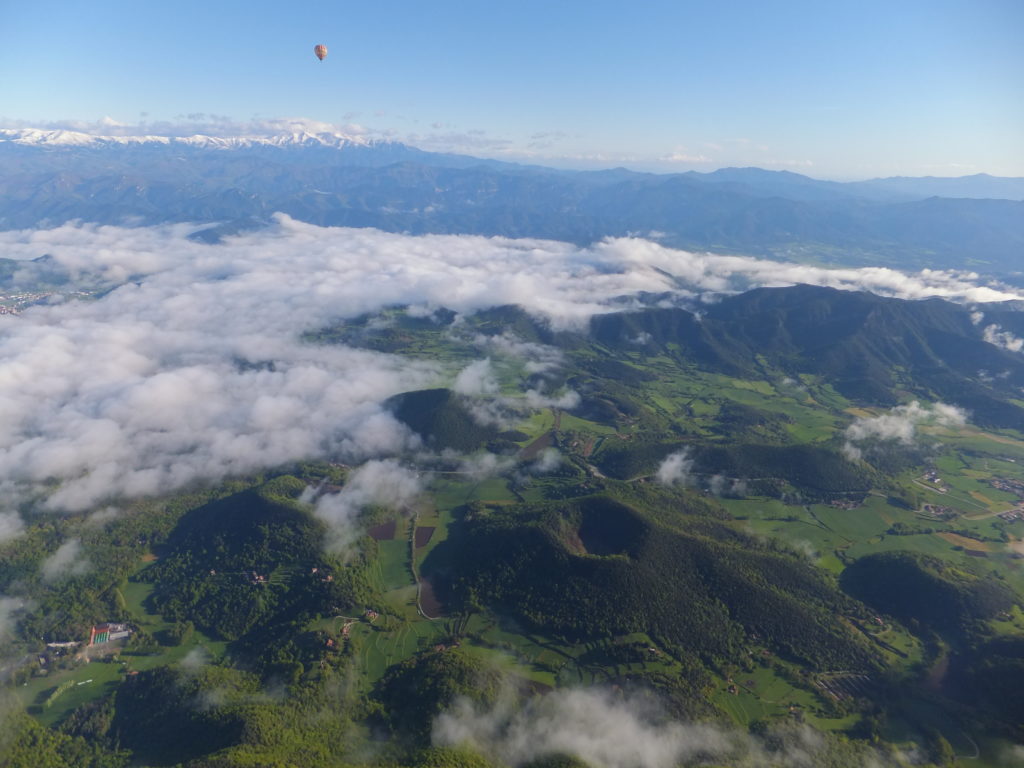

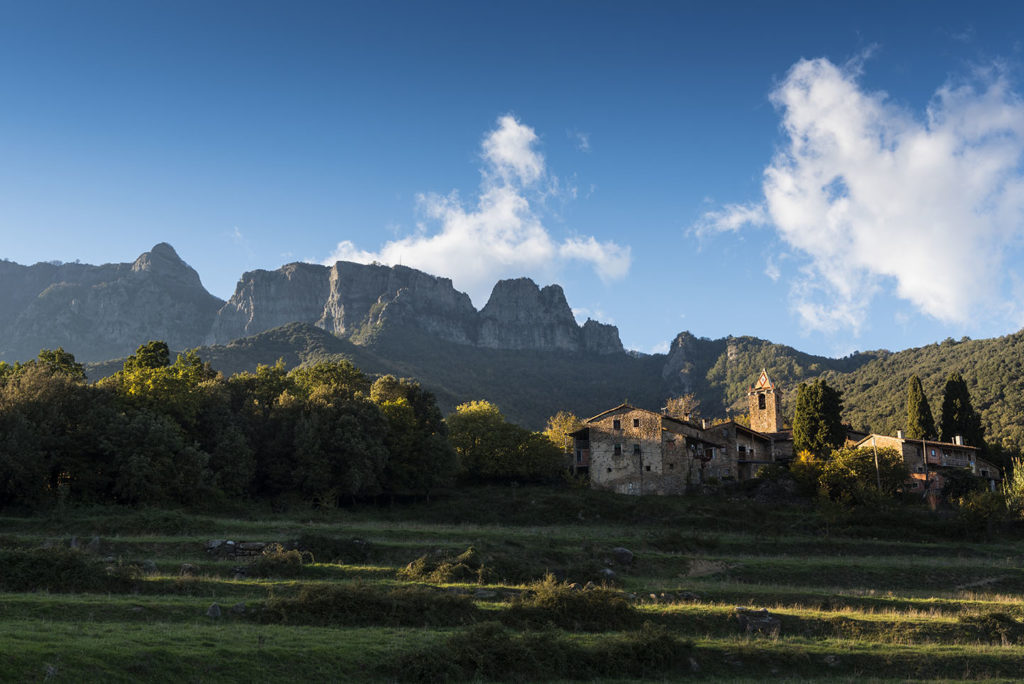
LA VALL D’EN BAS, a village with many villages
The Vall d'en Bas is a municipality made up of small, charming villages, which can be seen from the Puigsacalm peak. At the head of the valley there is Sant Esteve d'en Bas, with a Romanesque church and bridge. From the village of Els Hostalets we can look over the cliff of Falgars to see the hermitage of Sant Miquel. On the outskirts of Sant Privat stands the spectacular Sallent cascade with a 35 m waterfall. Francesc de Verntallat, one of the leaders of the peasant revolts, was born in Sant Privat d'en Bas in 1426, although he originated from nobility.
SANT FELIU DE PALLEROLS, ‘Pescallunes’ (villagers are known as moon fishers)
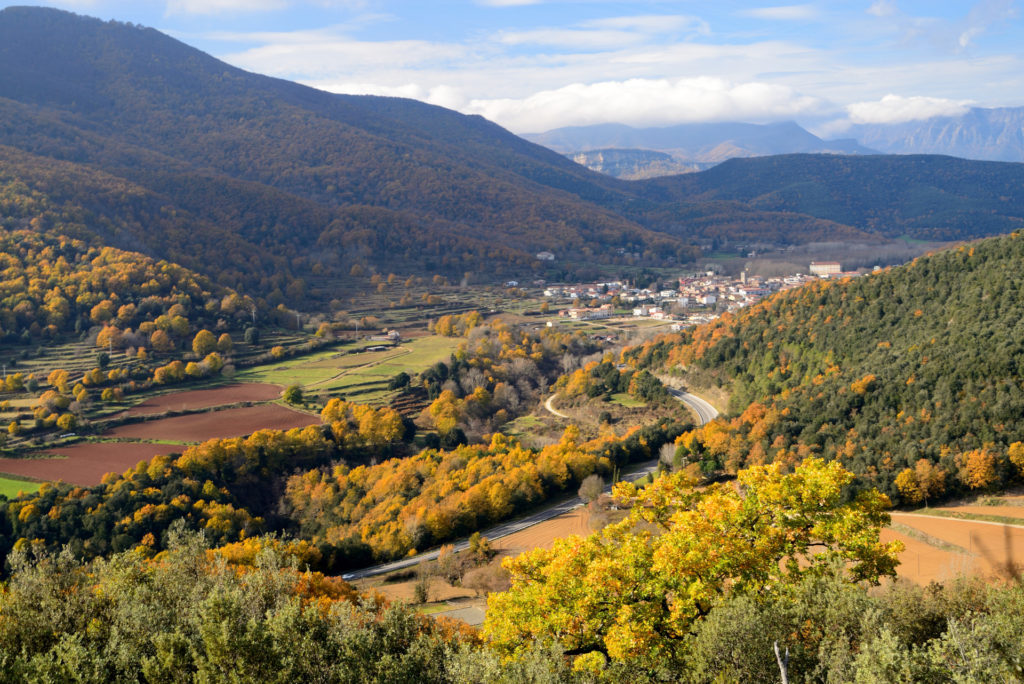
The municipality is part of the Garrotxa Natural Park, and the castles of Hostoles, Puig-alder and Colltort can be of interest to hikers. It is recommended to visit the entire old town, especially the church, the chapel of Roser, the church of Sant Miquel de Pineda, the chapel of Sant Sebastià and Santa Cecília. The City Council proposes several routes and circuits that you can look up at the tourism office located in the old train station.
OLOT, the city of volcanoes
The capital of the region stands out for its cultural and economic entrepreneurship. It hosts the Olot School of Art (landscape painting), the Hospice Museum (Hospicio) and Saints Museum (Museu dels Sants d'Olot), which contains an interesting collection of paintings and sculptures, and there are buildings of architectural interest such as the Renaissance Cloister of El Carme, several Modernist buildings, or the urban expansion, Malagrida. The cultural side of the city offers a good combination of traditional and avant-garde. The city is surrounded by four volcanoes: Montsacopa and Montolivet, which can be visited, and also Bisaroques and Garrinada. The botanical garden of the Parc Nou and the Moixina park should also be visited for their natural beauty.
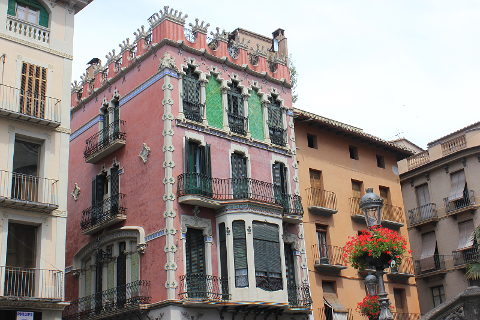
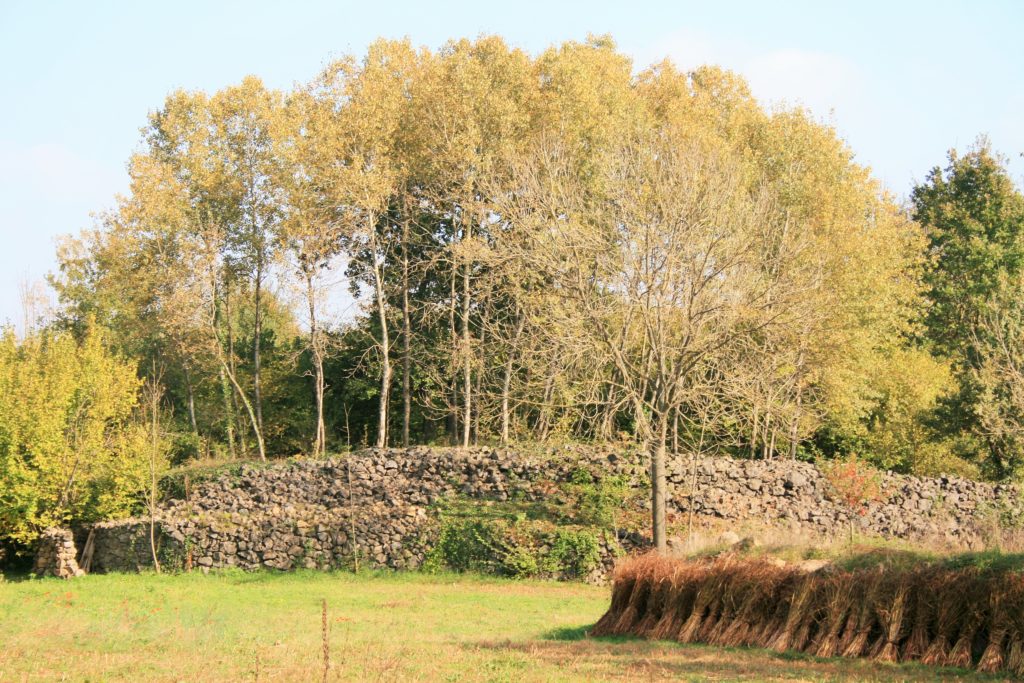
LES PRESES, original and contemporary
The Pedra Tosca park of Les Preses is an area of great ecological value, awarded the Rosa Barba European Landscape Award for its structural combination of traditional and modern architecture. The municipality also houses beautiful hermitages, such as Sant Martí and Sant Miquel del Corb. During the summer, the town hosts an important demonstration of traditional dances from around the world, the Ésdansa Festival. This is complemented by the Sismògraf contemporary dance festival which, during the month of April, takes place in various public spaces of La Garrotxa, mainly in Olot.
SANTA PAU, medieval landscape
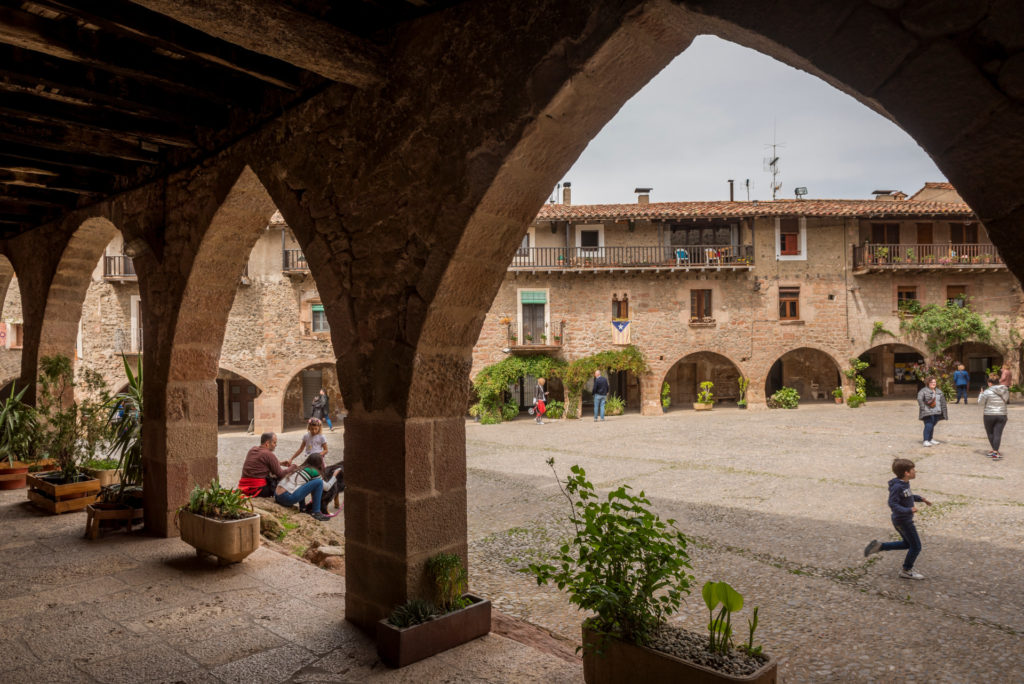
This mediaeval town nestled in the middle of the Garrotxa Volcanic Zone Park features places of special natural interest, such as the Santa Margarida and Croscat Volcanoes, or the Fageda d'en Jordà, a beautiful natural landscape in constant transformation as the beech woods change colour throughout the year. The character of the town is markedly mediaeval, with a castle, narrow streets, an arcaded square and churches of Romanesque origin.
BESALÚ, The Jewish past
Along with Girona, Besalú is the only town on the peninsula that has a Jewish ritual bath or miqvé. The Jewish quarter of Besalú dates from the 9th to the 15th century, and you can still see the vestiges of the past with various symbols. Throughout the town you can appreciate the beauty and sobriety of mediaeval architecture.
